How To Check And Pay My Traffic Fine in Australia
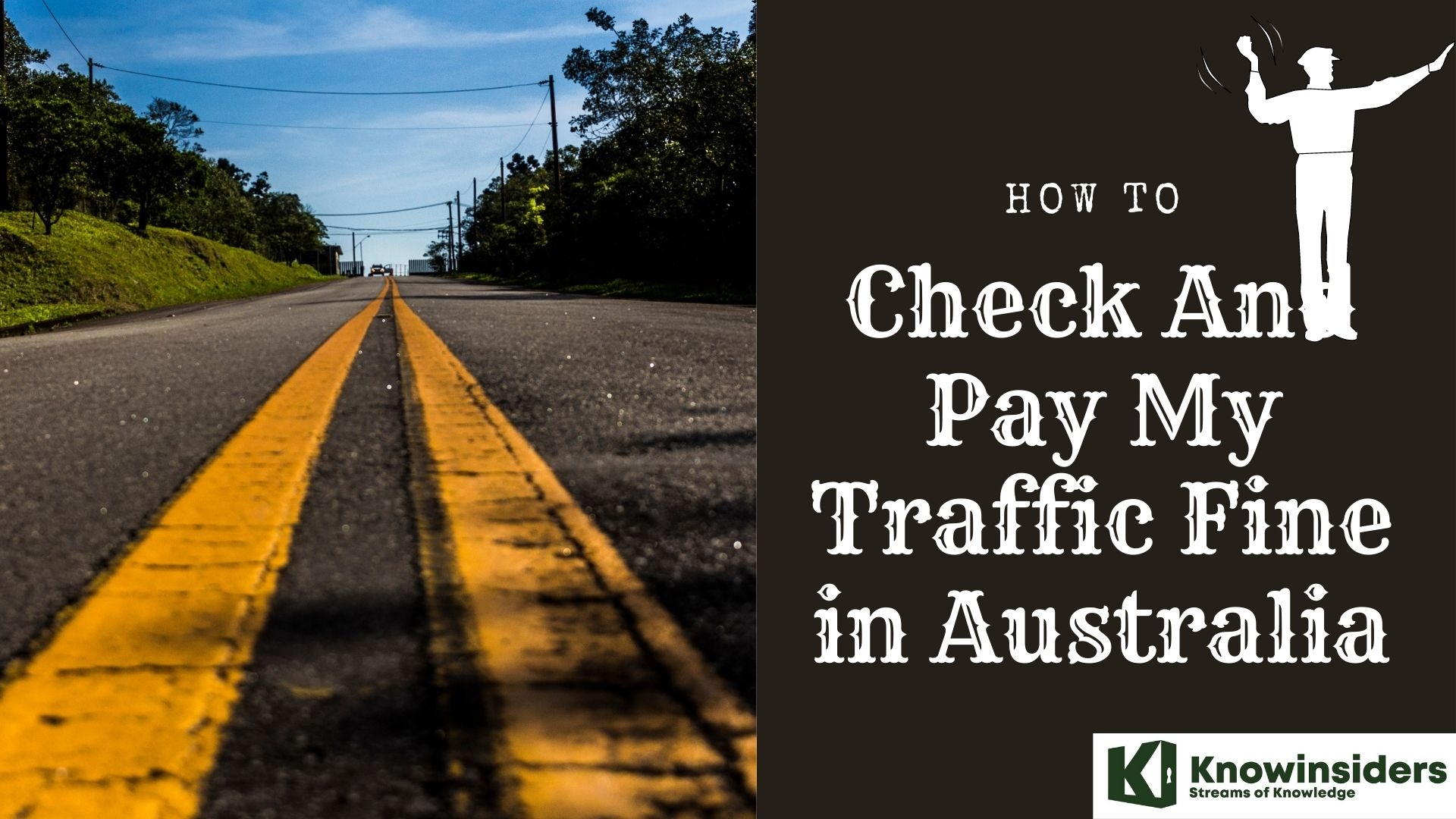 |
| How To Check And Pay My Traffic Fine in Australia |
| Table Content |
A traffic ticket is a notice issued by a law enforcement official to a motorist or other road user, indicating that the user has violated traffic laws. Traffic tickets generally come in two forms, citing a moving violation, such as exceeding the speed limit, or a non-moving violation, such as a parking violation, with the ticket also being referred to as a parking citation, or parking ticket.
If you live in Australia, it is important to know the traffic rules and fine just in case you get caught and have to pay the tickets. Take a look at the guide in the article below on how to check and pay your traffic fine.
Key driving rules and regulations in Australia
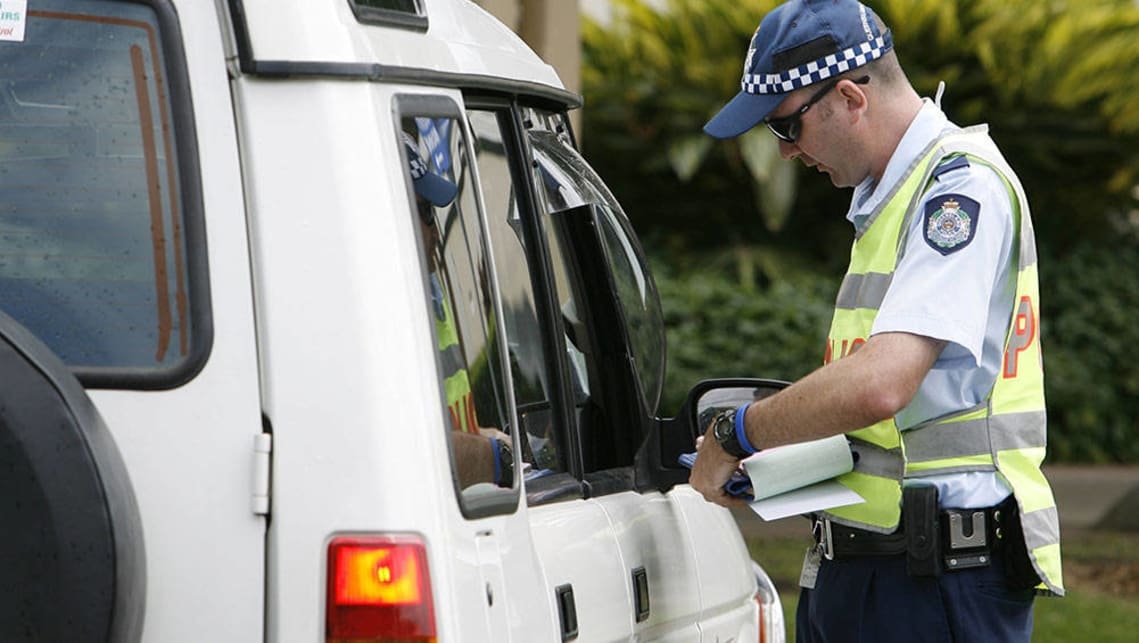 |
| Photo: CarsGuide |
Don’t drink and drive. Random breath testing is common and penalties for driving over the limit are harsh, so it’s best to avoid alcohol completely if you’re driving. The legal limit is 0.05 of blood alcohol concentration (BAC), but in New South Wales, the limit for a hire car is just 0.02.
Always carry your driving licence. If it is not in English, you’ll also need an International Driving Permit.
Drive on the left. If there is more than one lane to choose from, stick to the leftmost lane, unless you’re overtaking.
Give way to the right at roundabouts and intersections. Exceptions apply if road signs or traffic lights tell you otherwise, or other drivers have been pulled up by a stop or give way sign when you haven’t.
Be aware of changing speed limits. Many urban areas in Australia now impose limits of 50km (30 miles) per hour in residential areas, with lower limits of 25 to 40km per hour around schools and other areas at certain times of day. Signage should tell you what the limits are and when they apply.
Don’t beep your horn unless you’re warning other drivers of imminent danger.
Do not park facing oncoming traffic – this is illegal and you may be fined. Instead, park on the left-hand side of the road well clear of all traffic.
It is illegal to use a mobile while driving. You can only make or receive a call, or use the MP3 function on the phone, if the phone is in a mobile phone holder.
Also note that in some states it is illegal to do a U-turn at a traffic signal.
Driving safely in Australia
Be aware of long distances
Australia is a vast country and distances between towns can be huge – for example, it is 964km between Sydney and Brisbane and 2,695km between Adelaide and Perth. If you are travelling a long distance by car, always make sure you are well-stocked on fuel, food and water, as services stations and shops can be few and far between
You can use a fuel map to see where petrol stations are on your route (App Store / Google Play). Note these are self-service: fill up your car, then go and pay in person. In remote areas they are often cash-only.
Take basic camping gear – blanket, small gas-fire heater, headlights, a warm jacket, torch – plus some basic tools and a puncture repair kit, in case your car breaks down in the night.
In the heat and humidity, help avoid fatigue by talking a 15-minute rest every 2 hours. Plan your route in advance so you can see suitable rest points such as truck stops and revival points
Take plenty of fresh air during your breaks – get out of the car, stretch your legs and rehydrate. Or simply have a good nap!
On long-distance outer roads, you may encounter multi-trailer trucks (road trains). Give them plenty of room, and if overtaking be very careful due to their extra length.
Australian road signs and markings
Remember that Australian road speeds and distances are measured in kilometres, even though you drive on the left – easy to forget if you are used to driving in the UK.
You must come to a complete stop at a stop sign, and if cars are coming, you must give way to them. However, you don’t have to come to a complete stop at a give way sign, provided you have slowed down, checked for oncoming traffic and found the way clear.
Yellow and unbroken centre lines in the centre of the road indicate no overtaking.
A no-standing (or waiting) sign means you can stop briefly to let passengers in and out of your car, but can’t park for longer than that. No stopping signs apply at all times, unless you’re dealing with a medical emergency.
You can’t park where signs say loading zone, unless you’re collecting or picking up cargo. Large vehicles are generally free to do this without question, but you may be asked to explain yourself if you’re in a normal passenger car.
Pedestrians at marked crossings have the right of way. Driving over a pedestrian crossing if people are already on it or waiting to cross is illegal.
As well as people, watch out for wildlife! Wombats, koalas and kangaroos are just a few of the native and farm animals that are known to cross roadways throughout the country. Signage will generally indicate what you need to look out for where.
Road toll payments and permits in Australia
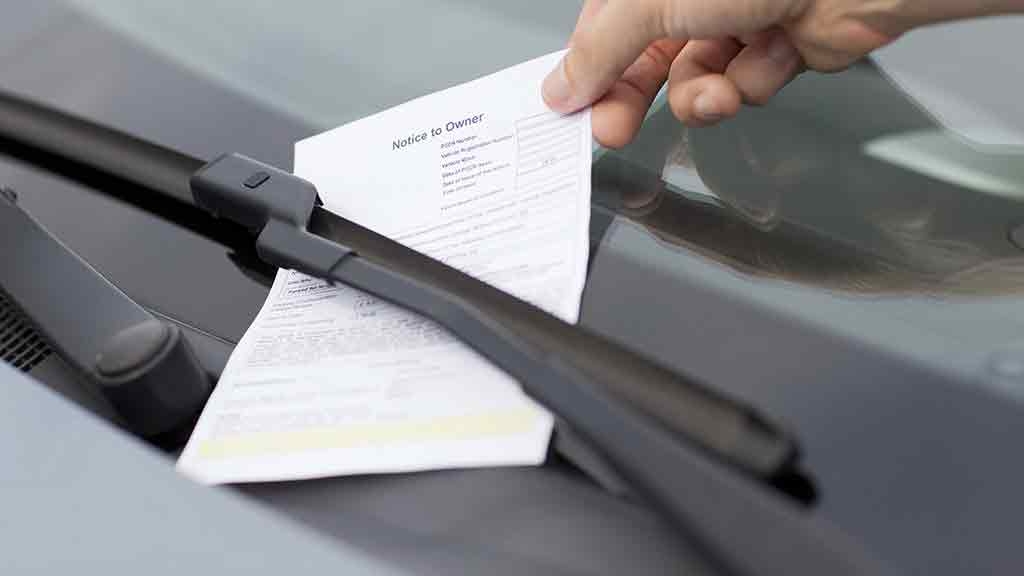 |
| Photo: Shutterstock |
There are toll motorways, bridges and tunnels near Brisbane, Melbourne and Sydney, some of which can only be paid electronically with a transponder fitted inside the car. You can purchase these in advance for a small cost.
If you do not have a transponder, your number plate will be photographed and you must pay the toll within 24 hours by phone or online.
If you drive through aboriginal tribal lands in Western Australia, South Australia and the Northern Territory, you will usually require a permit.
Speeding fines and demerit points
When a vehicle is detected speeding by a speed camera, an infringement notice is issued to the registered operator of the vehicle. If the vehicle is jointly registered, the infringement notice is issued to the operator whose name is listed first. The notice provides details of the alleged offence and includes a photograph.
The notice provides the registered operator with 28 days to pay the fine, elect to go to court, or nominate the driver of the vehicle. If you are the registered operator and you pay the fine, demerit points will be accrued against your driver licence.
Fines and demerit points for speeding offences detected by a camera are the same as for other speeding tickets.
Current penalties for individuals caught speeding
| Infringement | Penalty amount | Demerit points |
|---|---|---|
| Less than 13km/h over the speed limit | $183 | 1 |
| At least 13km/h but not more than 20km/h over the speed limit | $275 | 3 |
| More than 20km/h but not more than 30km/h over the speed limit | $459 | 4 |
| More than 30km/h but not more than 40km/h over the speed limit | $643 | 6 |
| More than 40km/h over the speed limit | $1,286 | 8 and 6 month suspension |
Organisations
The penalty amount issued to an organisation as the registered operator of a vehicle is 5 times the amount for an individual because demerit points are not applied to organisations. However, an organisation can nominate an individual as the driver. The penalty amount will be reduced to the amount for an individual and demerit points will be allocated.
Double demerit points
Double demerit points apply in Queensland to drivers and motorcycle riders who commit more than 1 of the following speeding offences within a 12 month period:
| Penalty set (km/h over speed limit) | Penalty amount | Demerit points |
|---|---|---|
| First offence | ||
| 21-30km/h | $459 | 4 |
| 31-40km/h | $643 | 6 |
| 41km/h and above | $1,286 | 8 and 6 months suspension |
| Second offence—within a year | ||
| 21-30km/h | $459 | 8 |
| 31-40km/h | $643 | 12 |
| 41km/h and above | $1,286 | 16 and 6 months suspension |
For example, if you commit a speeding offence of 25km/h over the speed limit, you will be allocated 4 demerit points for that offence. If you commit a second speeding offence of 32km/h over the speed limit within 1 year, you will be allocated 6 demerit points for the second offence, plus an additional 6 demerit points for it being within 1 year of the first offence. You will have 16 demerit points allocated to your traffic history, which will result in a driver licence sanction.
Double demerit points also apply if more than one seatbelt offence occurs within a 12-month period. The additional demerit point penalty applies to driver-related offences for seatbelts.
For example, if you commit a driver seatbelt offence where you failed to wear a seatbelt, you will be allocated 3 demerit points for that offence. If you commit a second offence where you drive a vehicle while a passenger is not restrained, within 1 year, you will be allocated 3 demerit points for the second offence. You will also receive an additional 3 demerit points for it being within 1 year of the first offence. This means you will have 9 demerit points allocated to your traffic history, which may result in a driver licence sanction.
How to pay traffic fines in Australia
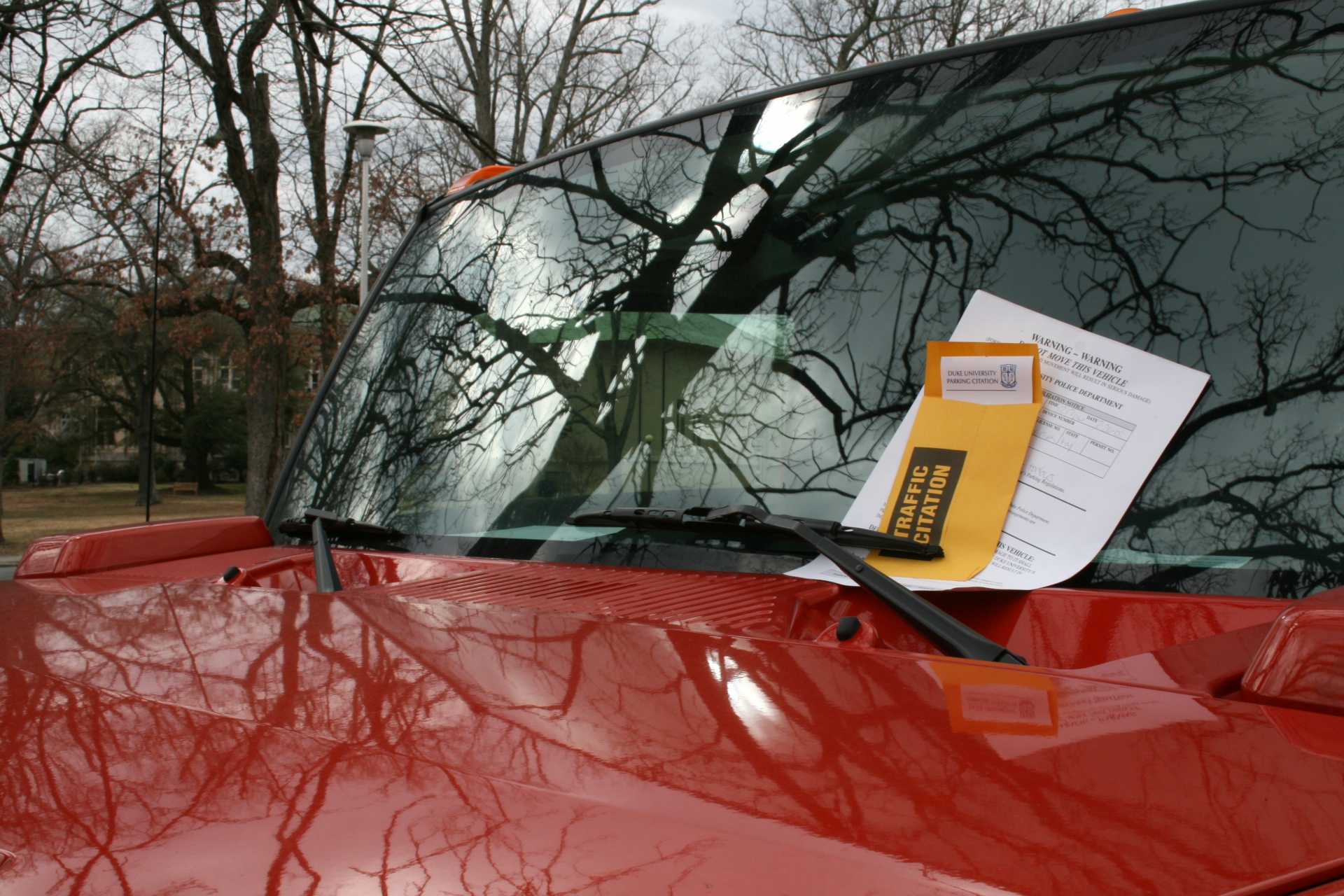 |
| Photo: Wikipedia |
Online: Payments can be made online via Access Canberra
In person: Pay at any post office or Access Canberra shopfront using cash, cheque or debit cards (EFTPOS).
By post: Make cheques or money orders payable to ‘Road Transport Authority’. Attach the notice with your payment and send to: PO Box 582 Dickson ACT 2602.
Bpay: Bpay biller code 343533; customer number is the 10 digit infringement number. Contact your financial institution to make payment.
Over the phone: Phone 131 816 (Billpay code 0286).
All non-cash payments are subject to five working days clearance.
Request more time to pay
You may apply for an extension to pay the infringement notice penalty within 28 days from the date of service of either the infringement or reminder notice.
If you fail to pay the infringement notice penalty within 28 days from the date of service, a reminder notice will be served on you. An additional fee of $34.00 is charged by the ACT Government for the cost of serving the reminder notice.
Submit an Infringement Notice Declaration
If the infringement is either a red light or speed camera offence issued by the ACT Traffic Camera office, complete an Infringement Notice Declaration or contact Access Canberra on 13 22 81.
How to check or look up your traffic fines in Australia
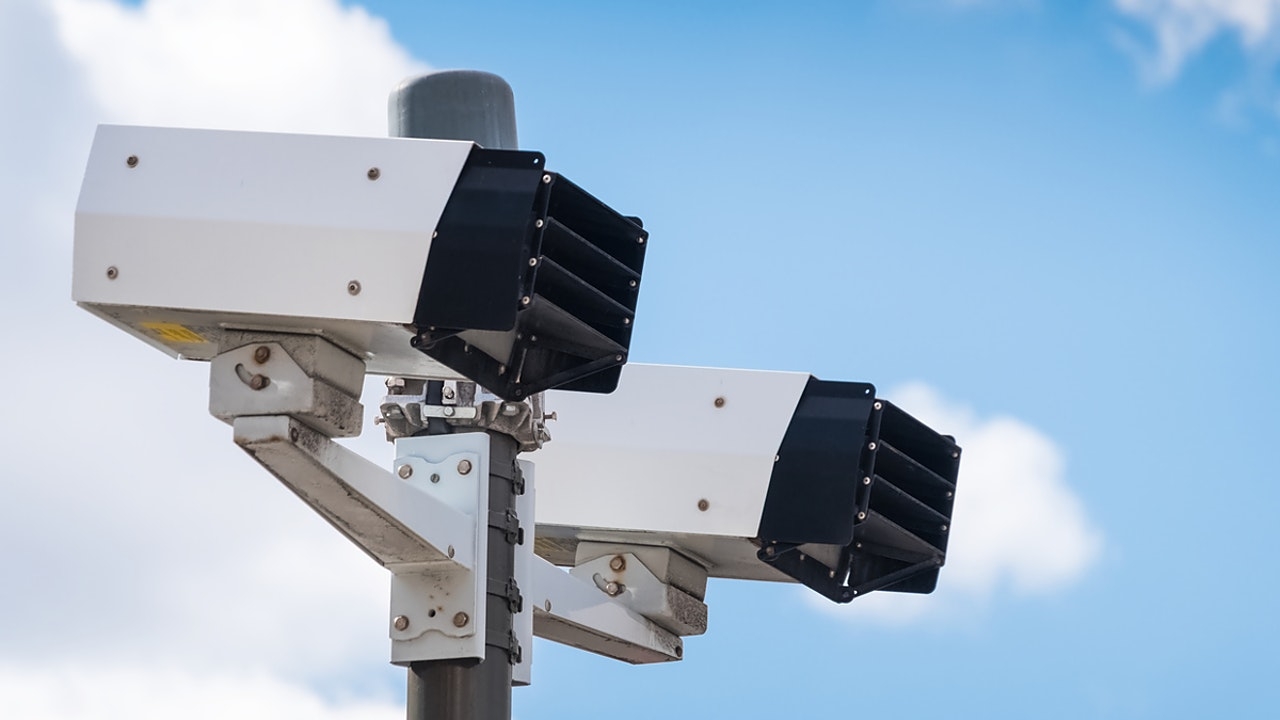 |
| Photo: Shutterstock |
As a driver you start with zero demerit points. If you commit an offence that has a demerit point penalty, they are then added to your driving record.
If you reach or exceed the maximum demerit points allowable for your licence within a 3-year period, your licence will be suspended, or not renewed.
The demerit point check will display any active demerit points you've accrued within the last 3 years and 4 months. This is to allow time for any unpaid penalties, or penalties delayed due to appeal proceedings, to be added to your driving record. To learn more about how demerit points work, visit Demerit points.
You can check your demerit point balance online using your MyServiceNSW Account.
What you need
- a MyServiceNSW Account. If your account is new or you haven't previously entered them, you'll also need:
- your NSW driver licence details, or
- the plate number of a vehicle registered in your name.
How to check
- Select the 'Check online' button.
- Log in, or create your MyServiceNSW Account. Enter your NSW driver licence or vehicle registration details if your account is new or you haven't previously entered them.
- Accept the Terms and Conditions.
- Review your demerit points record.
Australian Offences
Common offences:
- Not stop at red light (aka a red light camera fine in NSW) - $433 (three demerit points). Interestingly it’s the same amount for not stopping at a yellow light.
- Not indicate when changing lanes (or not indicate sufficiently early enough; as measured by a policeman’s discretion) - $180 (two points)
- Stop sign fine (not coming to a complete stop/not stopping on the line) - $325 (three points)
- Overtake vehicle when unsafe - $325 (two points)
Most expensive offences:
- $433 is the top-whack for driving fines in NSW and covers a multitude of offences.
- That amount applies to absolutely any offence near a school or pedestrian crossing, from approaching too quickly to failing to stop to overtaking near one (all three points).
One weird/confusing one:
- Proceed after light change while stopped - $433 (three points). What does it mean? Who can say?
Speeding fines NSW
- Up to 10km/h over the limit - $114 (one point)
- From 10-20km/h over - $265 (three points)
- From 20-30km/h over - $455 (four points)
- From 30-45km/h over - $872 (five points)
- More than 45km/h over - $2350 (six points)
Victoria
One we'd like to see handed out more often:
- Overtake vehicle on left - $233 (two points)
Common offences:
- Fail to give way at intersection - $272 (three points)
- Improperly pass or change lanes without giving way - $233 (two points)
- Use handheld mobile phone while driving - $466 (four points)
- Fail to wear seatbelt - $311 (three points)
Most expensive offences:
- Fail to stop or give way at a level crossing and you're up for $777 (and four points), if you're not squashed flat.
One weird/confusing one:
- Leading an animal while driving a vehicle - $155 (no points, strangely)
Speeding fines Victoria
- Up to 10km/h over the limit - $194 (one point)
- From 10-24km/h over - $311 (three points)
- From 25-29km/h over - $428 (four points)
- From 30-34km/h over $505 (four points)
- From 35-39km/h over $583 (six points)
- From 40-44km/h over $661 (six points)
- More than 45km/h over - $777 (eight points, and public execution)
Queensland
One we’d like to see handed out more often:
- Driving in the right lane on a multi-lane road with a signposted speed limit more than 80 km/h (without an excuse) - $73 (two points). Only $73? Really? Failing to obey the “Keep left unless overtaking” signs in NSW is $325 (and two points).
Common offences:
- Failing to give way when entering or driving in a roundabout - $365 (three points)
- Failing to give way to a bus leaving a bus-stop - $219 (three points)
- Proceeding before a pedestrian has left a children’s crossing - $365 (three points)
- Use mobile phone while driving - $365 (three points)
Most expensive offences:
- Driver causes damage to infrastructure at railway crossing - $975 (four points)
One weird/confusing one:
- Depositing or dropping injurious matter on a road - $487 (two points)
Speeding fines QLD
- Up to 13km/h over the limit - $162 (one point)
- From 13-20km/h over - $243 (three points)
- From 20-30km/h over - $406 (four points)
- From 30-40km/h over - $568 (six points)
- More than 40km/h over - $1137 (eight points)
Western Australia
One we’d like to see handed out more often:
- Disobeying a hand signal or direction of a Police Officer, a firefighter, an ambulance officer or other authorised person - $100 (three points)
Common offences:
- Failing to stop at red light - $300 (three points)
- Failing to give way to vehicles on a roundabout - $150 (three points)
- Doing a burnout (producing smoke) - $100 (three points)
- Use mobile phone while driving - $400 (three points)
Most expensive offences:
- Driver not wearing a seatbelt with four or more unrestrained passengers $900 - (four points)
One weird/confusing one:
- Passengers riding in the back of utes (passengers) - $550
- Passengers riding in the back of utes (driver) - $500 (and four points. If the driver is riding in the back while driving, we reckon he’s getting off lightly.)
Speeding fines enforcement WA
- Up to 9km/h over the limit - $100 (zero points)
- From 9-19km/h over - $200 (three points)
- From 19-29km/h over - $400 (three points)
- From 29-40km/h over - $800 (six points)
- More than 40km/h over - $1000 (seven points)
Tasmania
One we’d like to see handed out more often:
- Drive without due care and attention - $140 (three points). This one sounds wise, of course, but it does slightly open up the possibility of a traffic policeman being able to define anything you do as a bookable offence.
Common offences:
- Disobey No Stopping sign - $100 No Stopping Fine (three points)
- No seat belt - $300 No seat belt fine (three points)
- Driving an unregistered motor vehicle - $200 (no points)
- Fail to stop at yellow light - $100 (three points) - a red light will cost you $40 more.
Most expensive offences:
- Exceed applicable speed limit by 45km/h - $900 (six points)
One weird/confusing one:
- Registered operator fail to ensure motor vehicle number plate is clean, clear, untinted etc that would prevent photo by photographic detection device - $140 (no points)
Speeding fines Tasmania (warning, interstate readers, these figures may shock you)
- Up to 10km/h over the limit - $80 (two points)
- From 10-14km/h over - $110 (two points)
- From 15-22km/h over - $150 (three points)
- From 23-29km/h over - $250 (three points)
- From 30-37km/h over - $450 (five points)
- From 38-44km/h over - $650 (six points)
- More than 45km/h over - $900 (six points)
South Australia
One we’d like to see handed out more often:
- Tailgating - failure to keep safe distance behind other vehicles - $320 (one point)
Common offences:
- Use mobile phone while driving - $320 (three points)
- No seatbelt - $347 (three points)
- Failure to indicate before turning - $303 (two points)
- Fail to stop at red light - $44 (three points)
Most expensive offences (other than speeding, which tops the list):
- Driving with prescribed drug in oral fluid or blood (Methylamphetamine, THC or MDMA) - $587 (four points)
One weird/confusing one:
- Driving vehicle without having proper control of the vehicle - $176 (no points)
Speeding fines South Australia
- Up to 10km/h over the limit - $166 (two points)
- From 10-20km/h over - $363 (three points)
- From 20-30km/h over - $738 (five points)
- From 30-45km/h over - $881 (seven points)
- More than 45km/h over - $992 (nine points) - police may also clamp, or impound your vehicle on the spot for this offence.
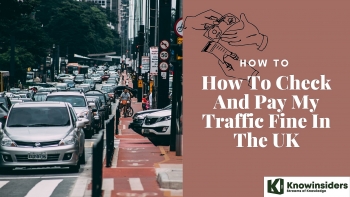 How To Check and Pay The Traffic Fine Tickets Online In The UK How To Check and Pay The Traffic Fine Tickets Online In The UK It is important to understand traffic rules and knowledge about fines and tickets when you decide to live in the United Kingdom. |
 How To Check and Pay The Traffic Fine Online In The U.S How To Check and Pay The Traffic Fine Online In The U.S Understanding traffic fines in the United States might be complicated, especially when you get yourself caught for violating the laws. |
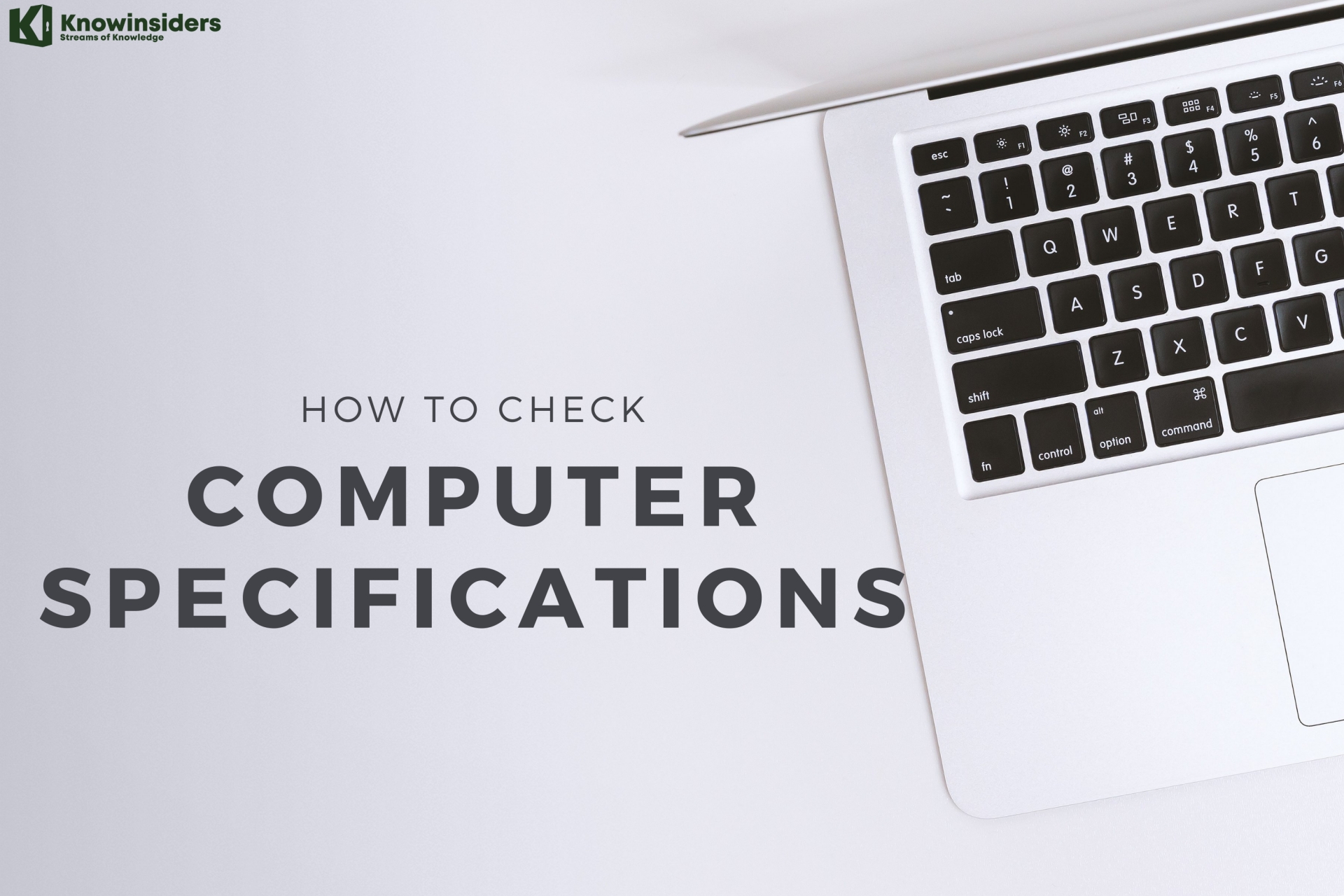 What Are Computer Specifications and How To Check? What Are Computer Specifications and How To Check? If you know what specs your computer has you can make a better decision on whether or not your current system is worth upgrading or ... |
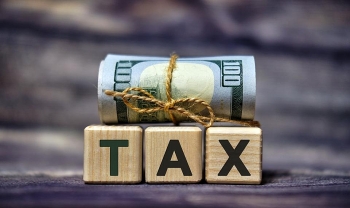 IRS Sends 2020 Sax Refund: When, How to Check IRS Sends 2020 Sax Refund: When, How to Check The IRS announced that they will automatically move the federal tax filing deadline in April, giving taxpayers an additional month to file and pay 2020 ... |


























